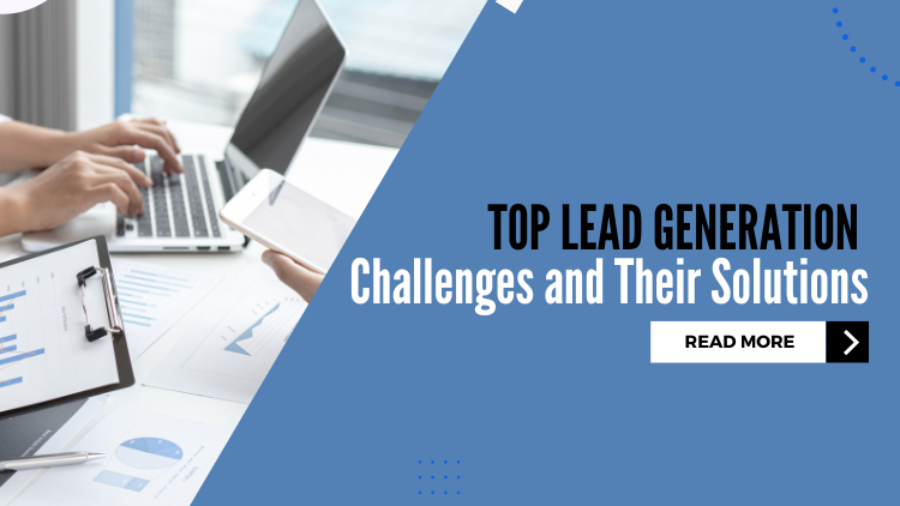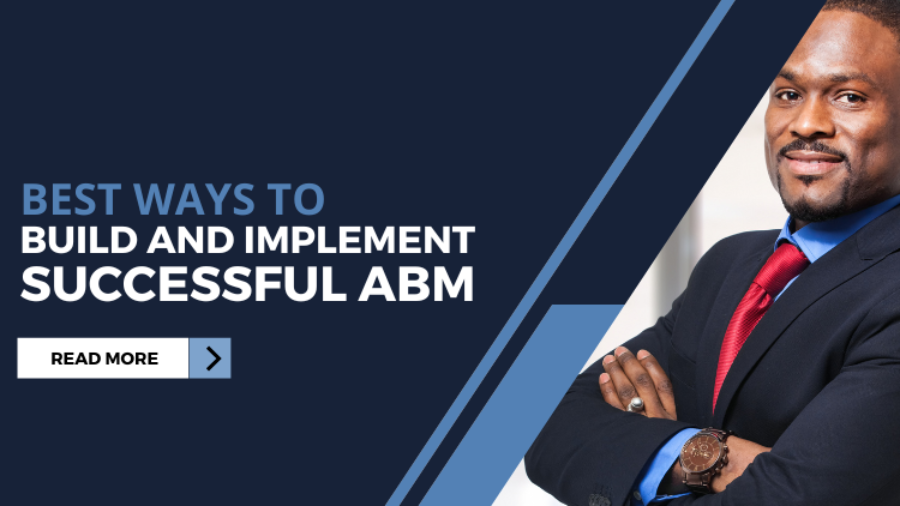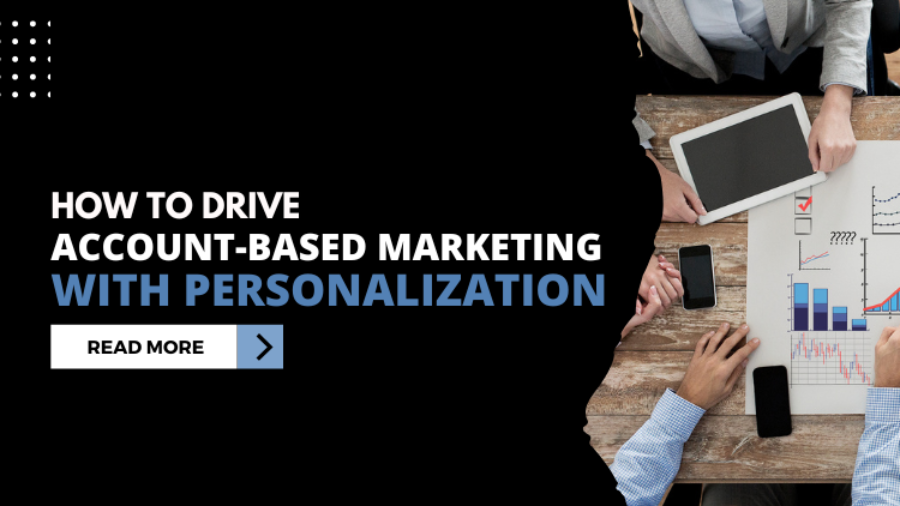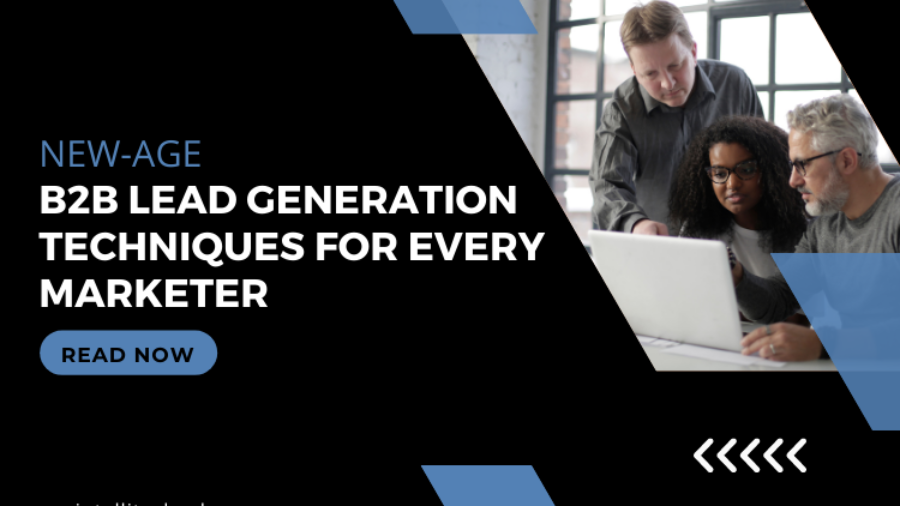ABM (Account-based Marketing) can be a game-changer when it comes to B2B sales and marketing. It can give you long-term business outcomes with consistent revenue and strong customer relationships. If you want more results out of your existing accounts or if you are aiming at getting new accounts, you must review, analyze and fine-tune your strategy with some useful techniques.
ABM can help you sail into 2023 with high-value accounts and more conversions. However, poor alignment between sales and marketing is one of the top challenges of ABM in B2B. As per the Demand Gen Report; lack of resources could be the reason for this problem. While increasing your dollar-spend to hire more resources could resolve the issue; there are other solutions that marketers can try out in order to optimize ABM.
Here are some of the top techniques that you can use to make the best use of ABM for sales and marketing returns-
Intent-
Today Intent data can be the guiding light to B2B marketers as it can be a great tool to prepare and create insights for building solid strategies. Intent data can be used to fine-tune your existing or new ABM strategies. Monitor online intent signals and map the customer journey with the help of intent so that you can narrow down your focus on high-value accounts to succeed at ABM.
Tread new territories-
Most often than not sales and marketing teams may fail to experiment or explore new target audiences. This may stop them from exploring new markets; new audience and one might lose out on new sales opportunities of high value ABM accounts.
Another tip is to avoid repeating the same ways or methods to create new opportunities. For example you need not always go by the same old geographical territories. Sales teams must explore other avenues such as companies in different markets, industries etc.
It’s about breaking your comfort zone when it comes to targeting high value accounts and increasing your chances at success. So be open to new markets and find out if your existing market can be widened or may be it is time to break out of the primary market and explore more.
Review existing ABM accounts-
Sometimes you do not have to go too far to learn, all the learning material and education you need might be right there with you. All you have to do is simply review and analyze your existing accounts and you will know what’s working right for you. Use those insights to leverage and optimize new accounts and create innovative strategies to narrow down on your audience.
Conclusion-
You can stay ahead of the curve in the dynamic B2B market by being constantly aware of the changes in the market and grasping new techniques. For successful ABM, you should invest more time and efforts in research, keep learning new trends, review the existing accounts and make use of intent data.












